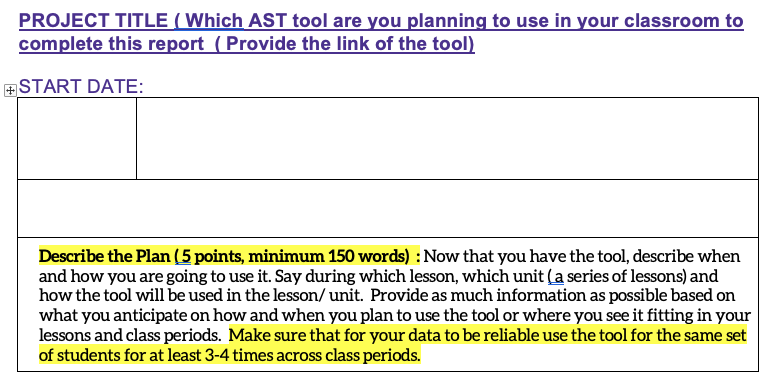This resource describes an adapted STEM Teaching tool that can support teachers in learning about Ambitious Science Teaching (AST) tools for action research purposes. Teachers select tools that align with their teaching goals, context, and specific units of study. Using the action research component allows teachers to adopt a researcher’s mindset, analyze their instruction, and reflect on the impact of using AST tools in the field and within authentic settings. Through this process, teachers gain valuable insights into their teaching practices. Most importantly, they can reflect on class participation and think critically regarding AST tool support to facilitate equitable classroom participation. See the stories section for examples.
Written by Dr. Meenakshi Sharma, Tift College of Education, Mercer University, based on STEM Teaching Tool 75 created by: Jeanne Norris, Lead Instructional Specialist, Institute for School Partnership, Washington University in St. Louis, Dr. Rachel Ruggirello, Associate Director, Institute for School Partnership, and Sarah Schondelmeyer, Elementary Teacher, Maplewood Richmond Heights School District.








 This site is primarily funded by the National Science Foundation (NSF) through Award #1907471 and #1315995
This site is primarily funded by the National Science Foundation (NSF) through Award #1907471 and #1315995